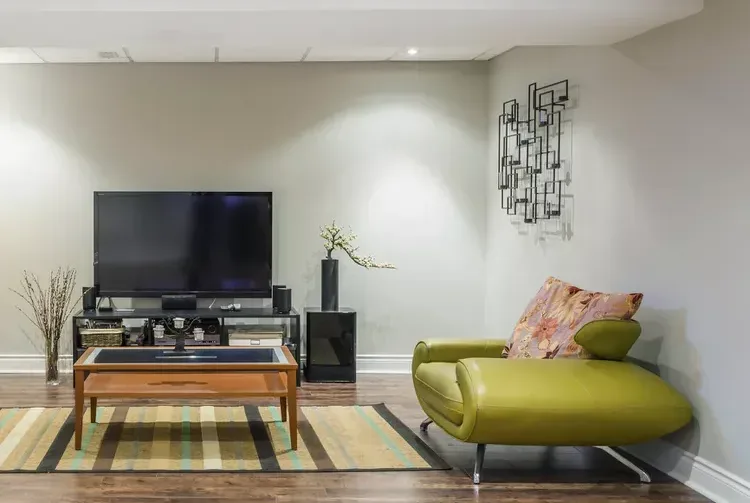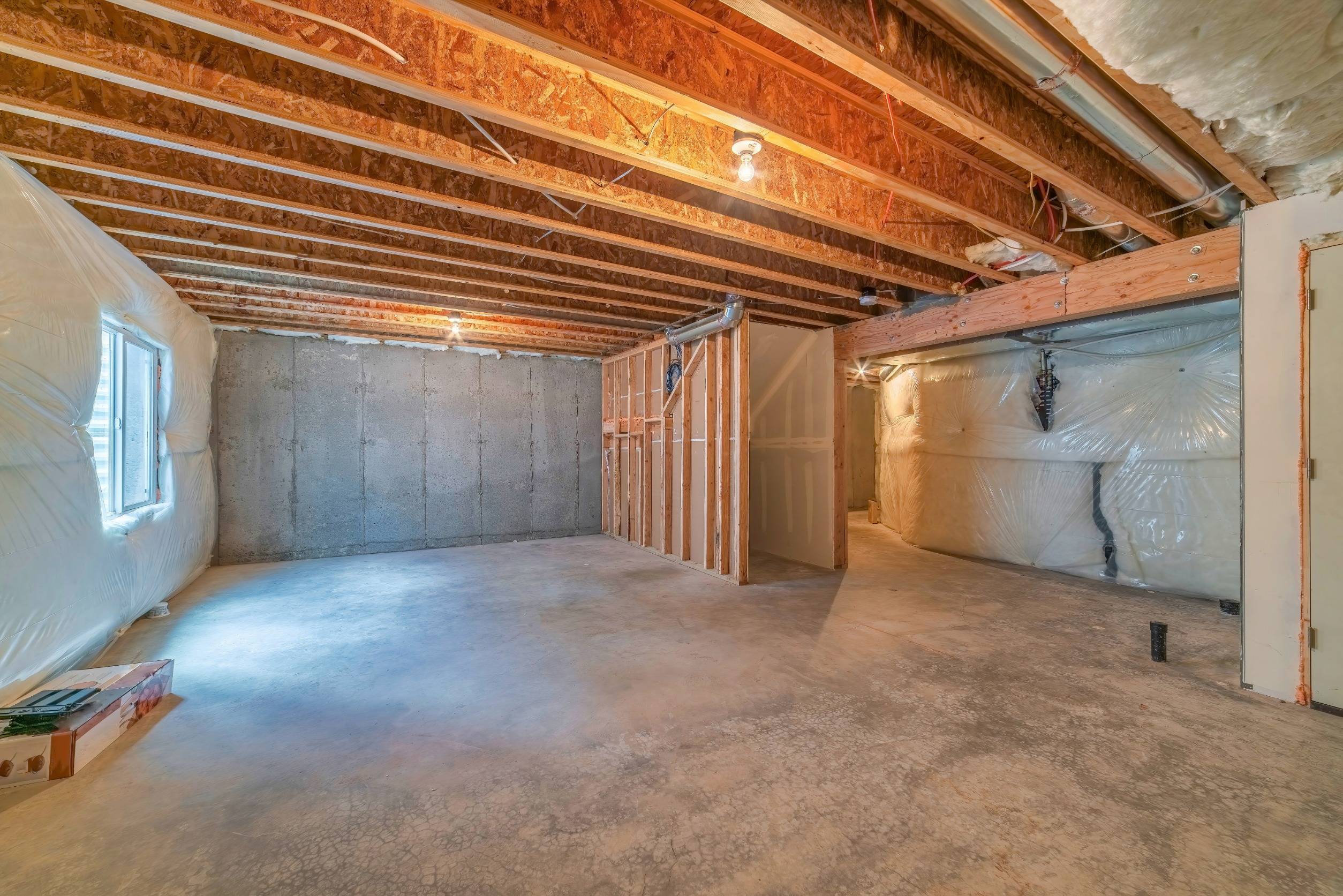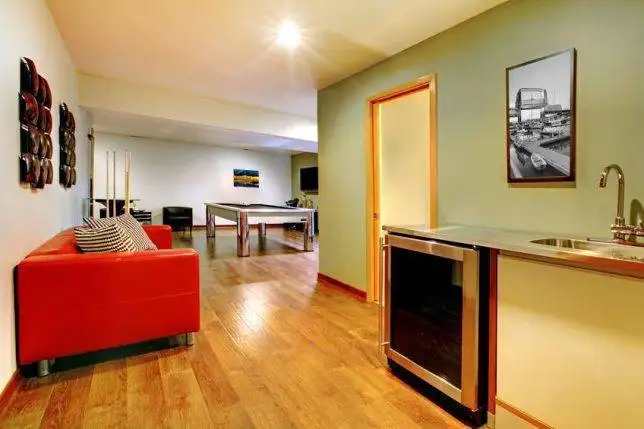
7 Basement Finishing Essentials
Discover how to maximize your living space with our guide on 7 Basement Finishing Essentials. Whether creating a family room, media space, or gym, unlock your basement’s potential. Clear the clutter and transform it into a functional area. Learn crucial considerations, from moisture control to defining purpose, and plan your electrical, heating, cooling, egress, and lighting effectively. Don’t miss our expert insights to create a comfortable and stylish living space. Explore the untapped potential within your home today!
Every homeowner eventually encounters the need for additional space. The question is: where can you find it? You could opt for an expensive outward expansion by building an addition, or you could explore the untapped potential within your own home.
If your residence includes a basement, that space is a valuable asset. For many homeowners, the basement serves as nothing more than a storage area for miscellaneous items or houses essential utilities such as the furnace and water heater. However, there’s no reason why you can’t clear out the clutter and transform it into a welcoming family room, media space, extra bedroom, gym, or any other purpose you desire.
Before embarking on the journey of converting your basement into a livable area, there are some essential considerations to address.
Control Moisture Levels:
Effective basement finishing revolves around moisture management. Successfully tackling moisture issues opens up the possibility of creating virtually any type of room in the basement. Even features typically discouraged in basements, like wall-to-wall carpeting, can be added without a hitch. Address significant moisture concerns with water-lock paint, seal cracks with specialized caulking, and employ dehumidifiers to extract moisture from the air before it condenses on walls and ceilings.
In regions where basements are commonplace, you’ll likely find companies specializing in moisture control. Even a minor water trickle can be managed by elevating flooring using suitable basement substrates.
Tip: Older basements were originally designed for utilitarian purposes, not as fully functional living spaces. Converting such spaces in older homes may present additional challenges compared to newer constructions.
Define the Basement’s Purpose:
Basements come with unique characteristics—they are often cold, dark, and isolated. Careful consideration of the basement’s purpose is crucial. While basements might not be ideal for a sunlight-dependent apartment, they are perfect for spaces that don’t require much natural light, such as home theaters, gyms, or yoga studios.
Prioritize Wall System Planning
Installing walls in basements serves multiple purposes, including aesthetics, electrical wiring, receptacle installation, and temperature control. Opt for materials like steel studs that resist rot in the presence of moisture. Additionally, choose foam insulation over fiberglass to prevent mold development.
Develop an Electrical Plan:
Compliance with electrical codes is essential when finishing a basement. If the plan includes a bathroom, ensure it has the necessary electrical components, such as lighting circuits, exhaust fan circuits, and GFCI outlets.
Plan Heating and Cooling:
While some basements naturally maintain comfortable temperatures, many require supplemental heating and cooling. Consider options like electrical baseboard heaters and explore the possibility of tapping into existing HVAC ductwork.
Incorporate Egress Requirements:
If the basement finish involves a bedroom, comply with local building codes regarding egress points. Create windows if necessary to meet these requirements.
Create an Effective Lighting Plan:
Basements often have limited natural light, making artificial lighting crucial. Recessed or can lights are popular choices due to their ability to provide ample illumination while fitting neatly between floor joists.
In conclusion, transforming your basement into a functional living space requires careful planning and consideration of factors such as moisture control, purpose, wall systems, electrical needs, heating and cooling, egress, and lighting. By addressing these aspects, you can unlock the full potential of your basement and create a comfortable and inviting space.
continue reading
Related Posts
Your unfinished basement may be filled with storage boxes or […]
Six Considerations Before a Basement Finishing Basements have evolved beyond […]



